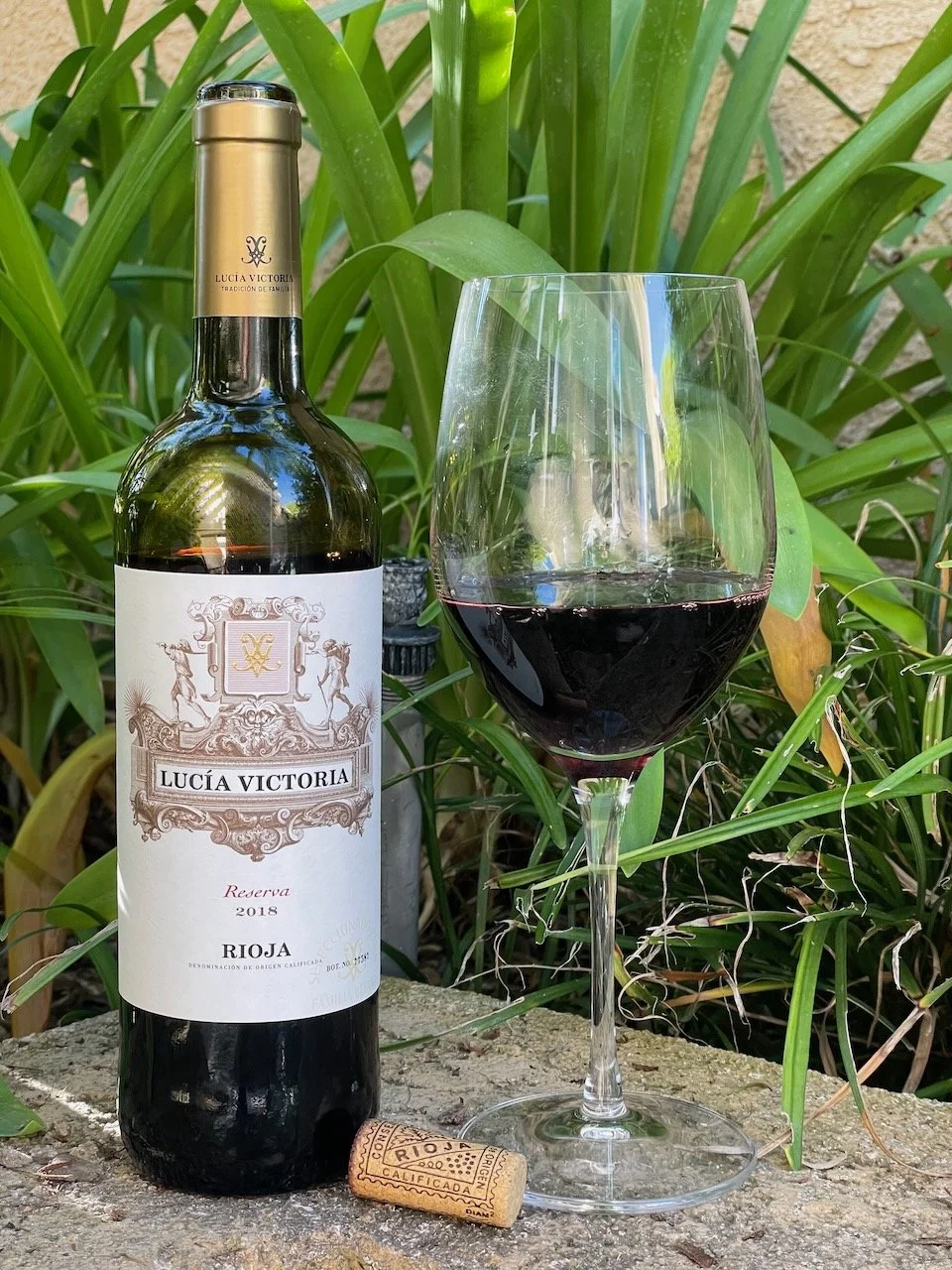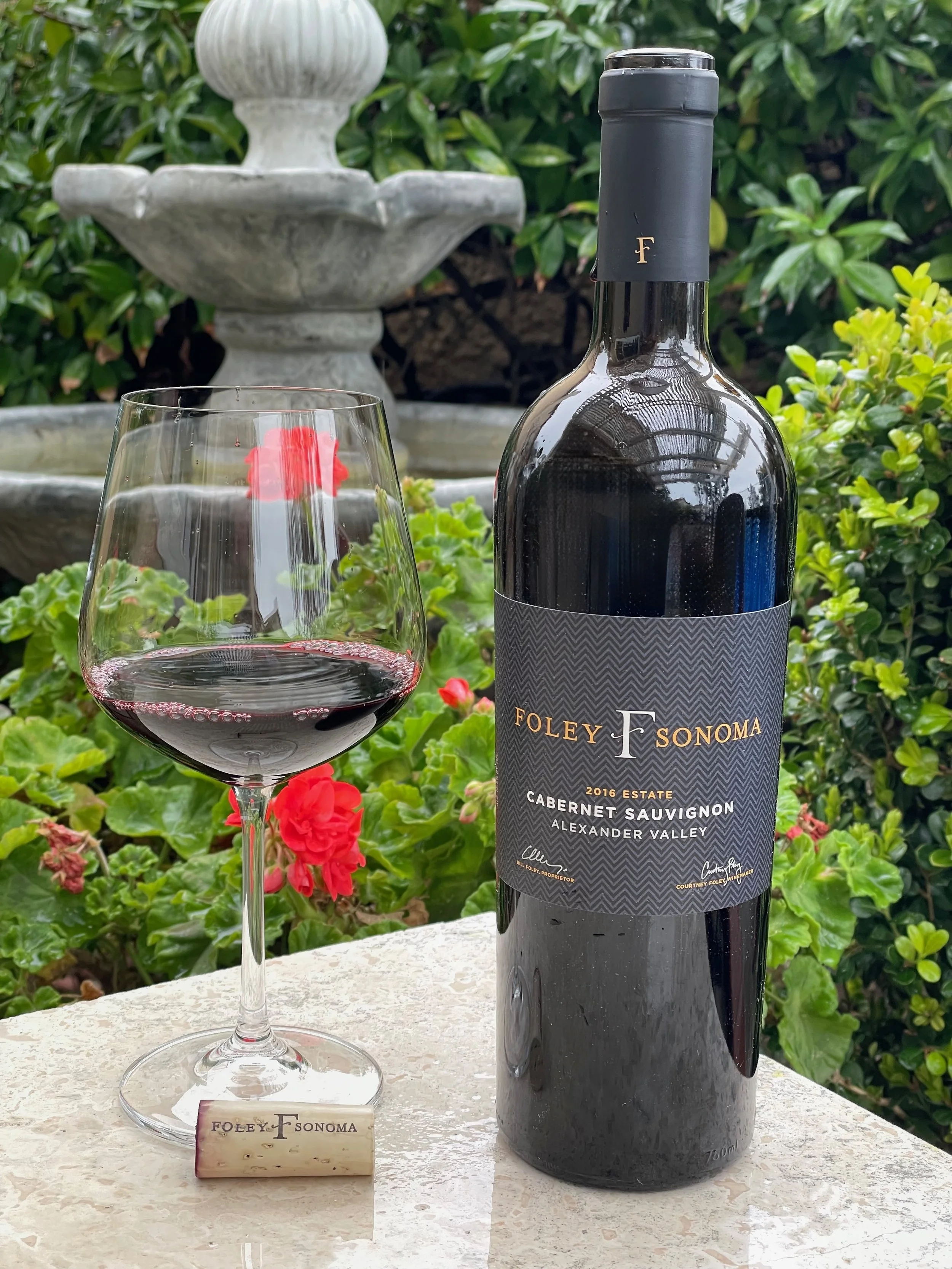2018 Lucía Victoria Reserva Rioja ($8)
D.O. 5 Hispanobodegas is a group of wineries which produces and distributes quality wines from the most emblematic Officially Certified Wine growing Regions of Spain: Rioja, Ribera del Duero and Rueda.
Their group is made up of a set of three wineries: Bodegas Valdelacierva (Rioja), Viñedos y Bodegas Gormaz (Ribera del Duero) and Bodegas GarciGrande (Rueda).
Their wines are based on the rigorous control of the production processes, from the raw material until it is in the hands of the consumer as well as in the continuous improvement of the vinification and aging processes. To this end, they have the most stringent quality and food safety certifications (ISO, BRC, IFS) in each of their group’s wineries.
This Lucía Victoria Reserva Rioja was bottled for D.O. 5 Hispanobodegas. It is produced from 50+ year old Tempranillo vines that are grown at at altitude of nearly 1500 feet. After fermentation, it is aged 24 months in French and American 225 liter oak barrels followed by 12 months in the bottle before being shipped.
The wine is a beautiful medium purple in color with aromas of red and black cherry, fig and plum. On the palate, this medium-full bodied wine has nice flavors of red and black cherry, medium tannin, medium-high acidity and has a spicy finish with very a subtle hint of tartness.
Finding a 2018 wine under $10 is fantastic. And, it tastes great too! This make the Lucía Victoria Reserva Rioja the Behind the Cork™ Wine of the Week. Cheers!






